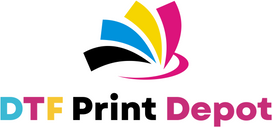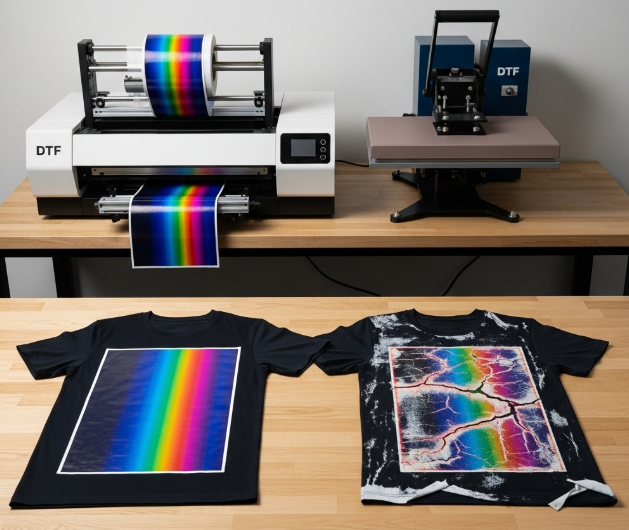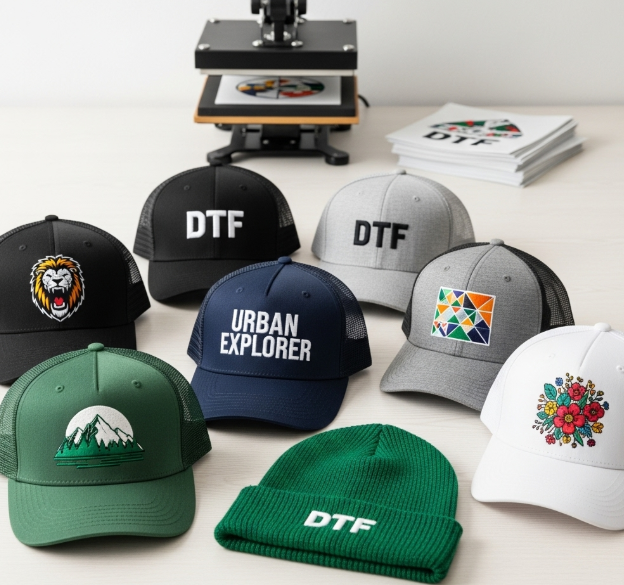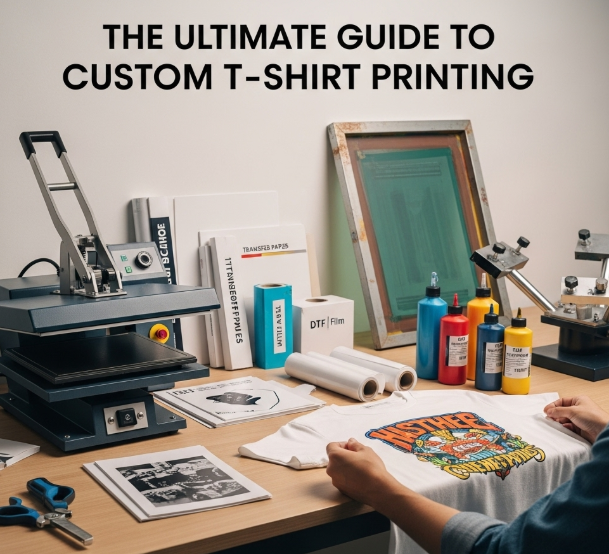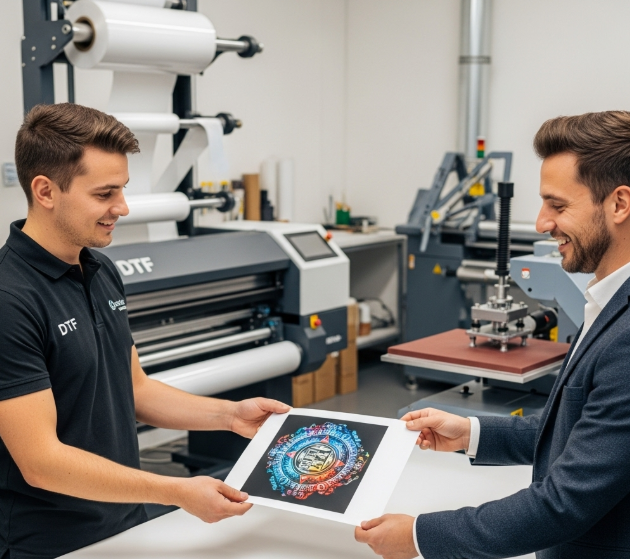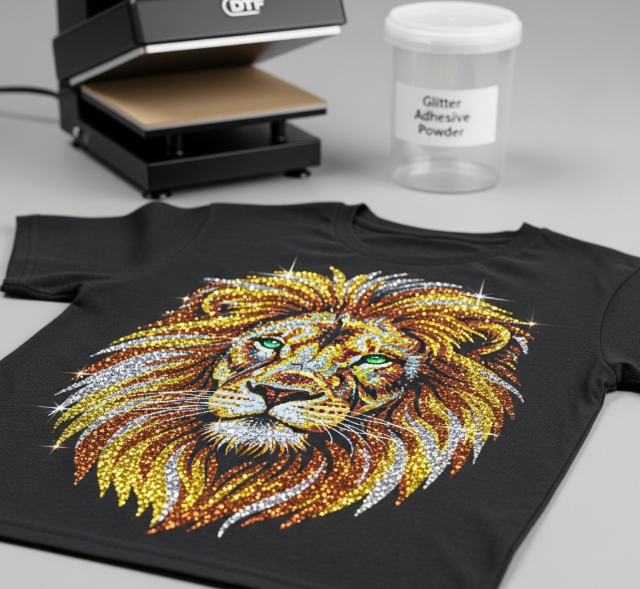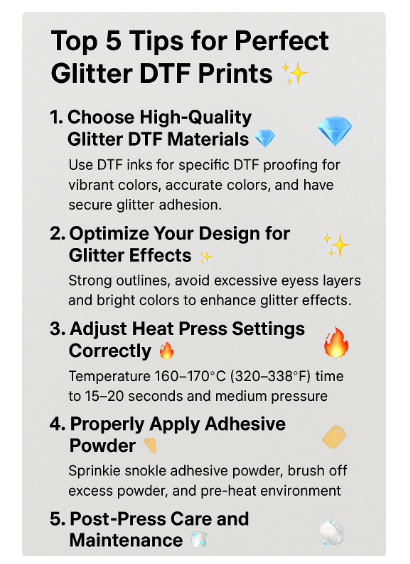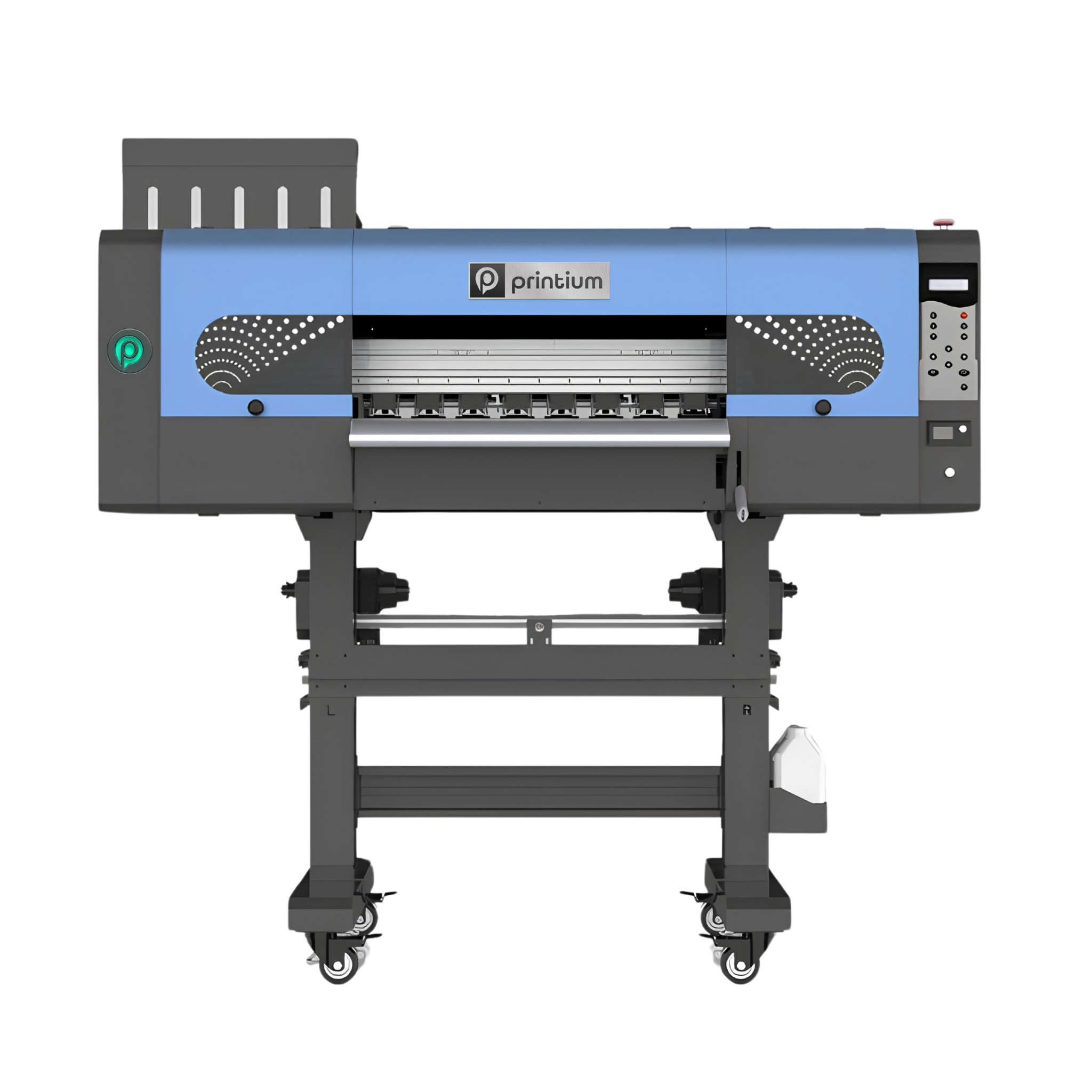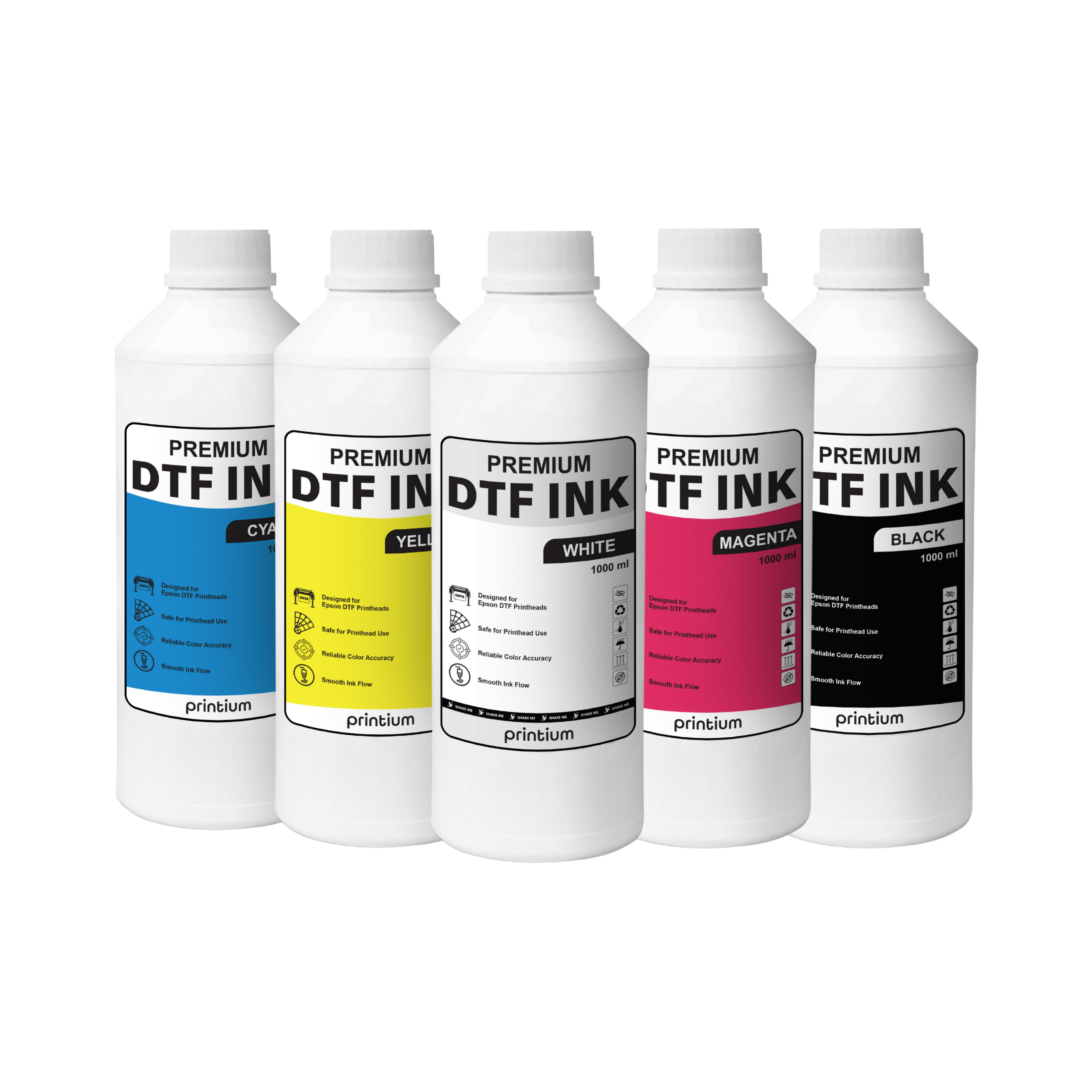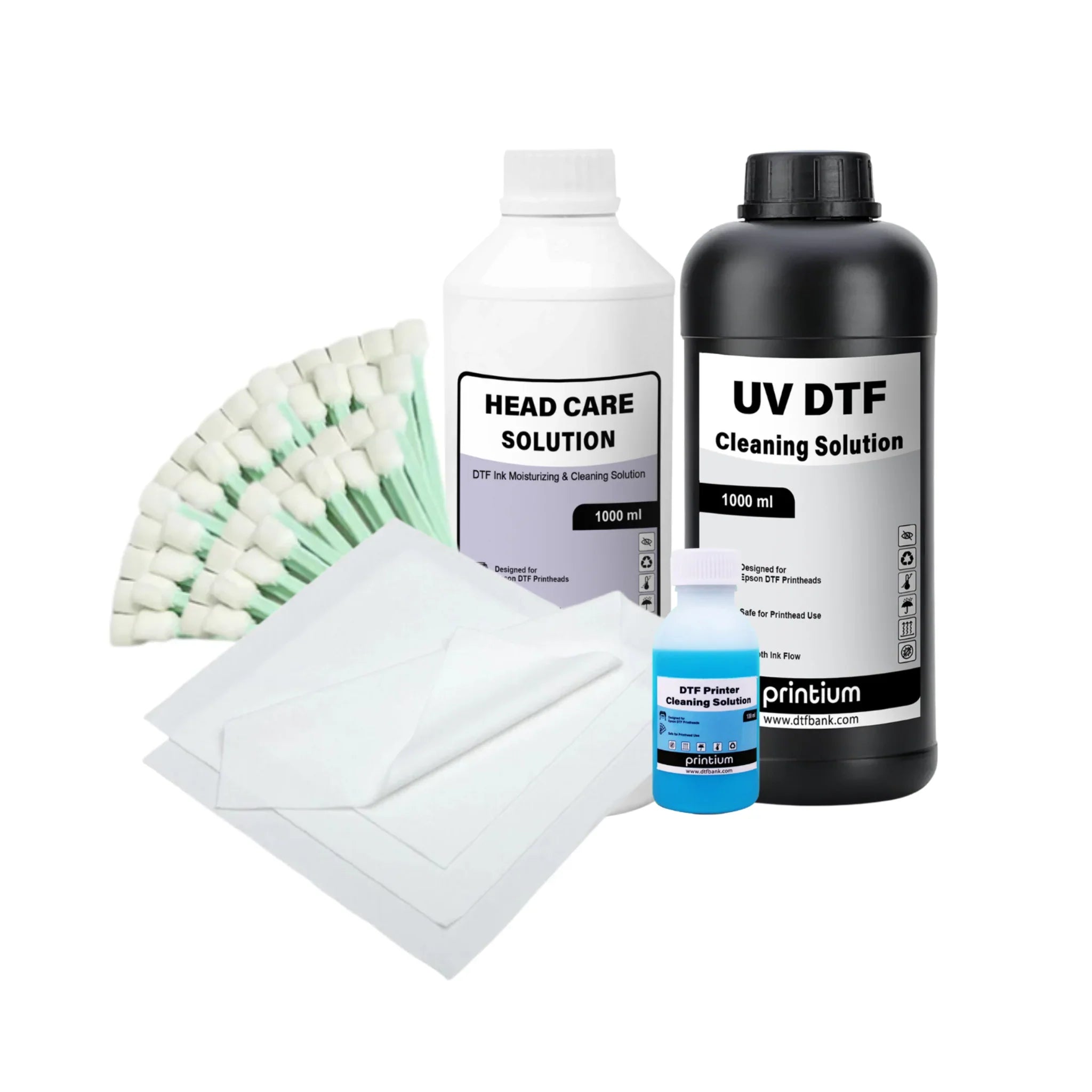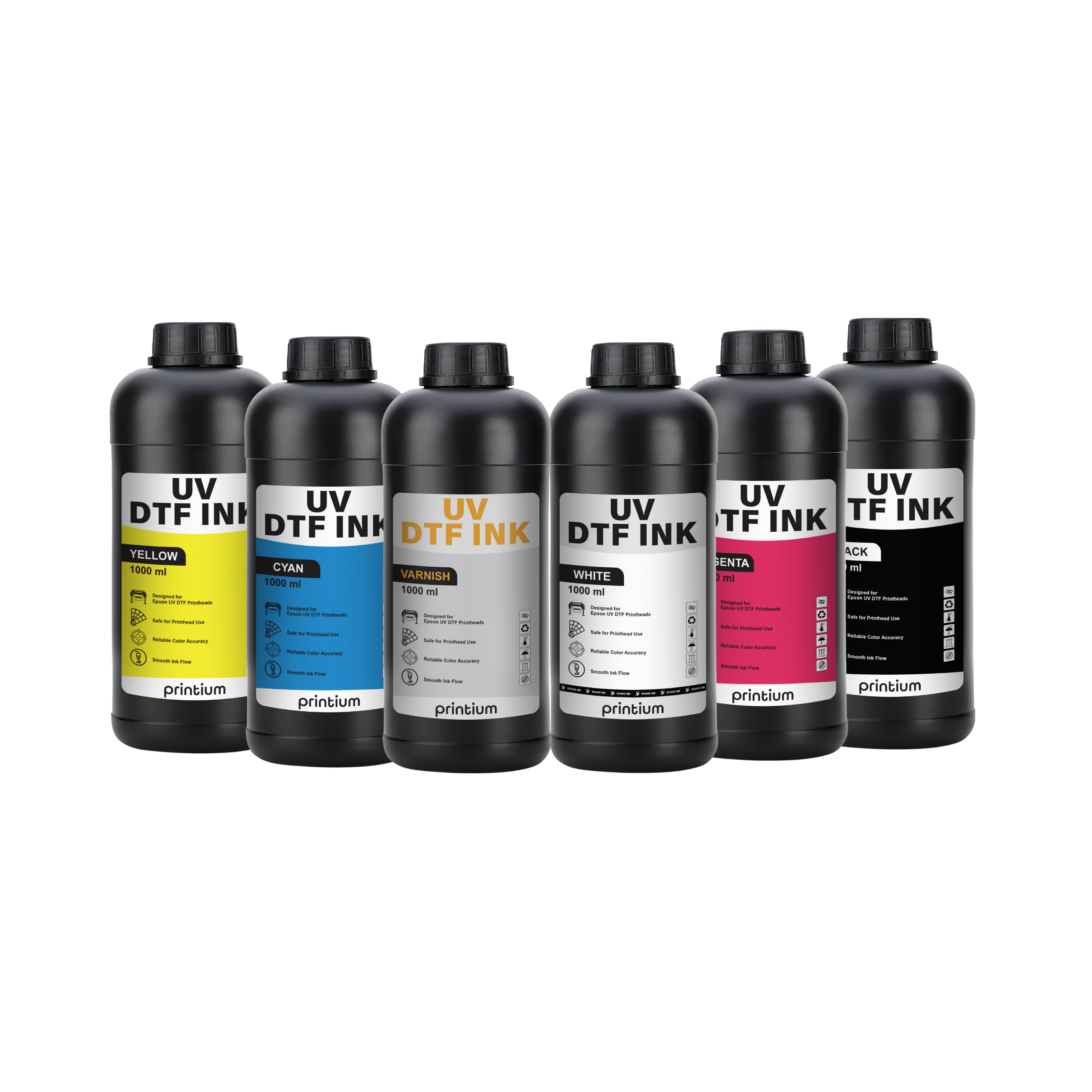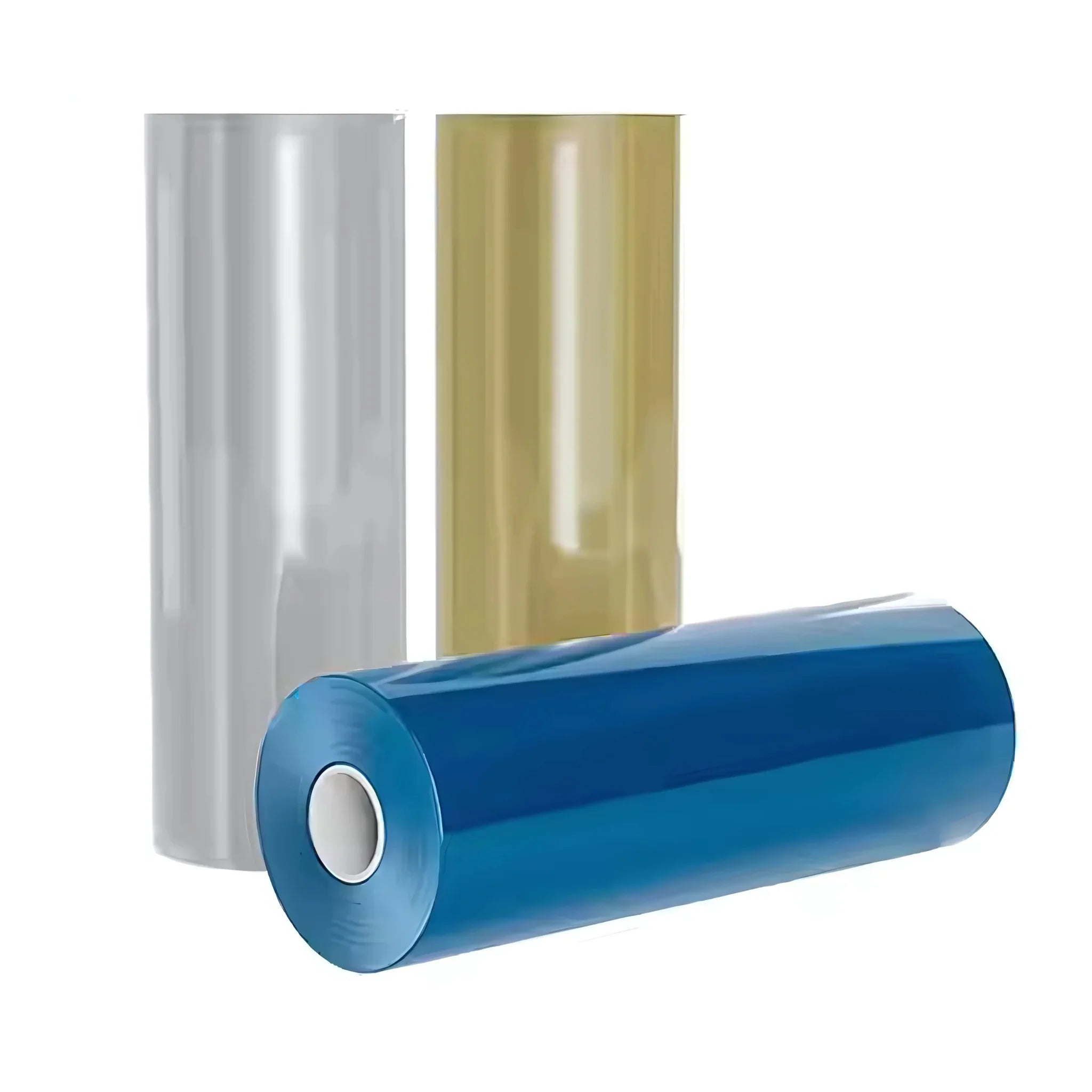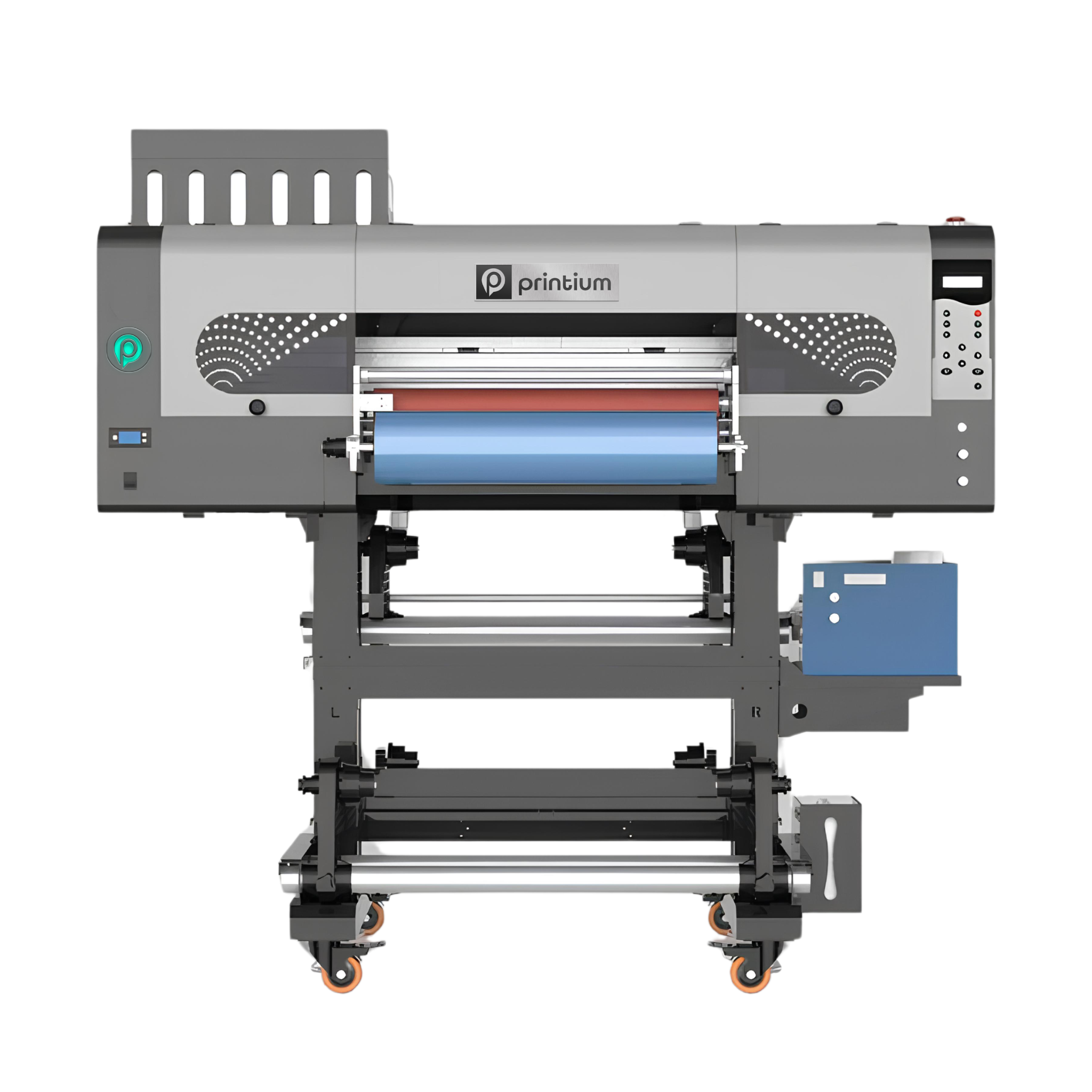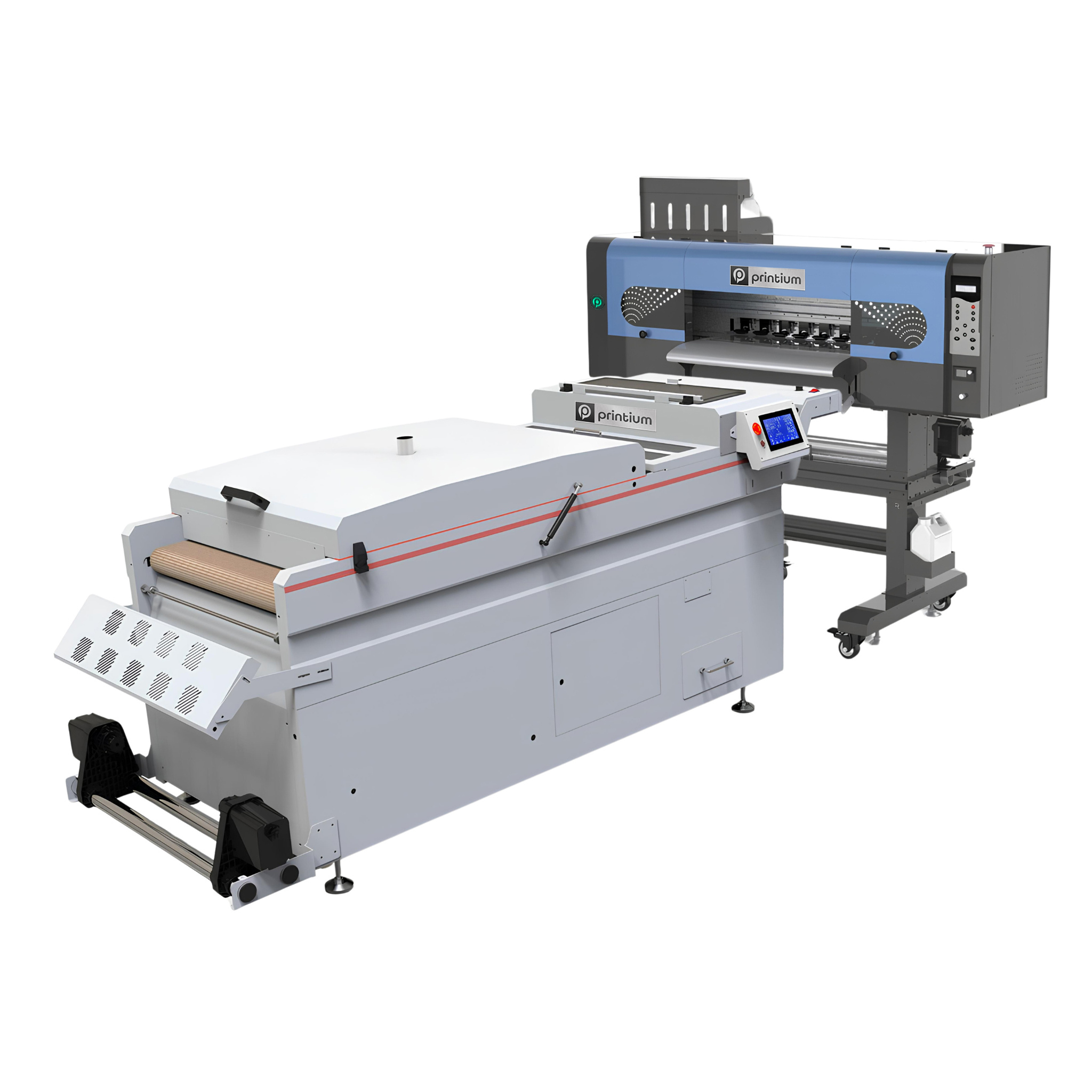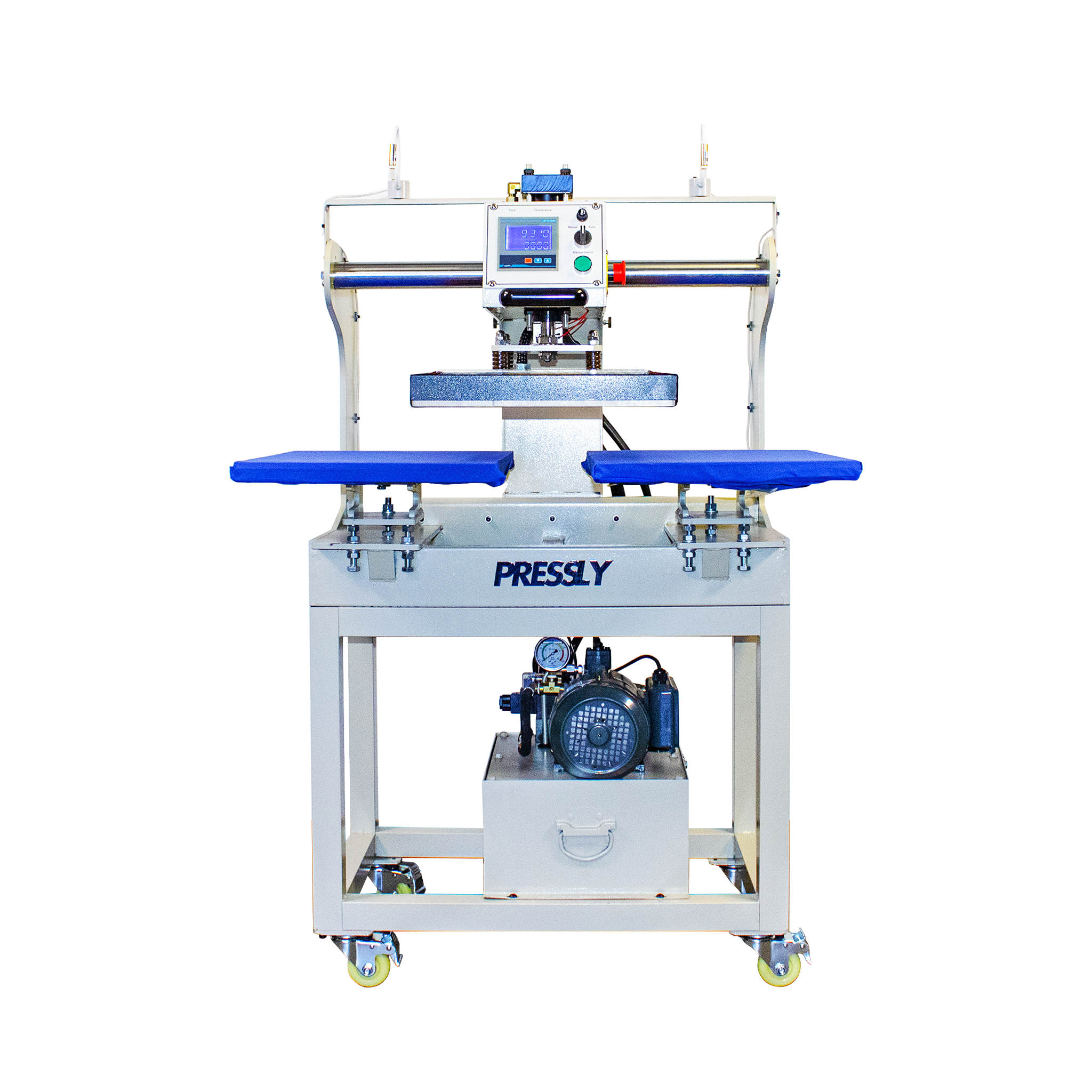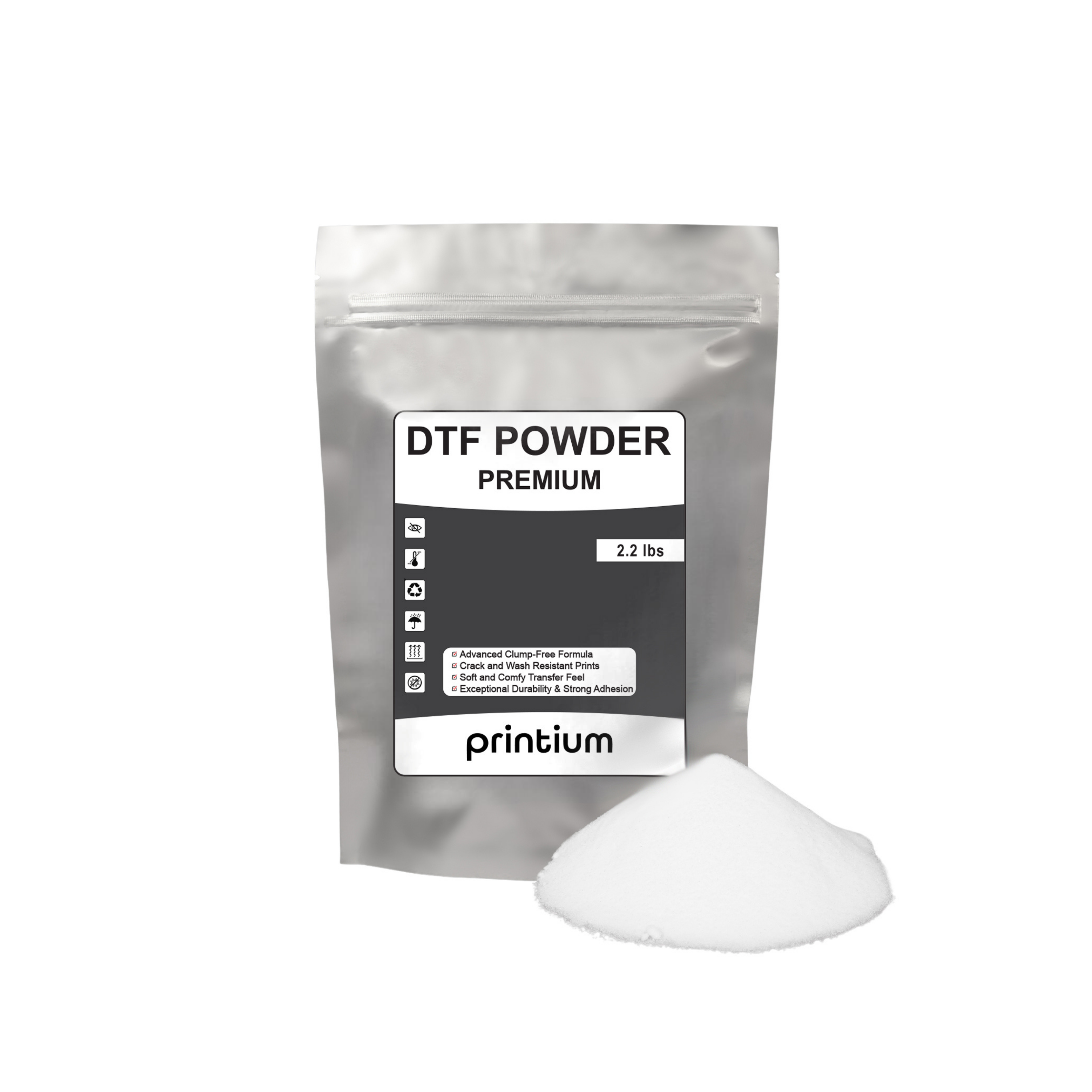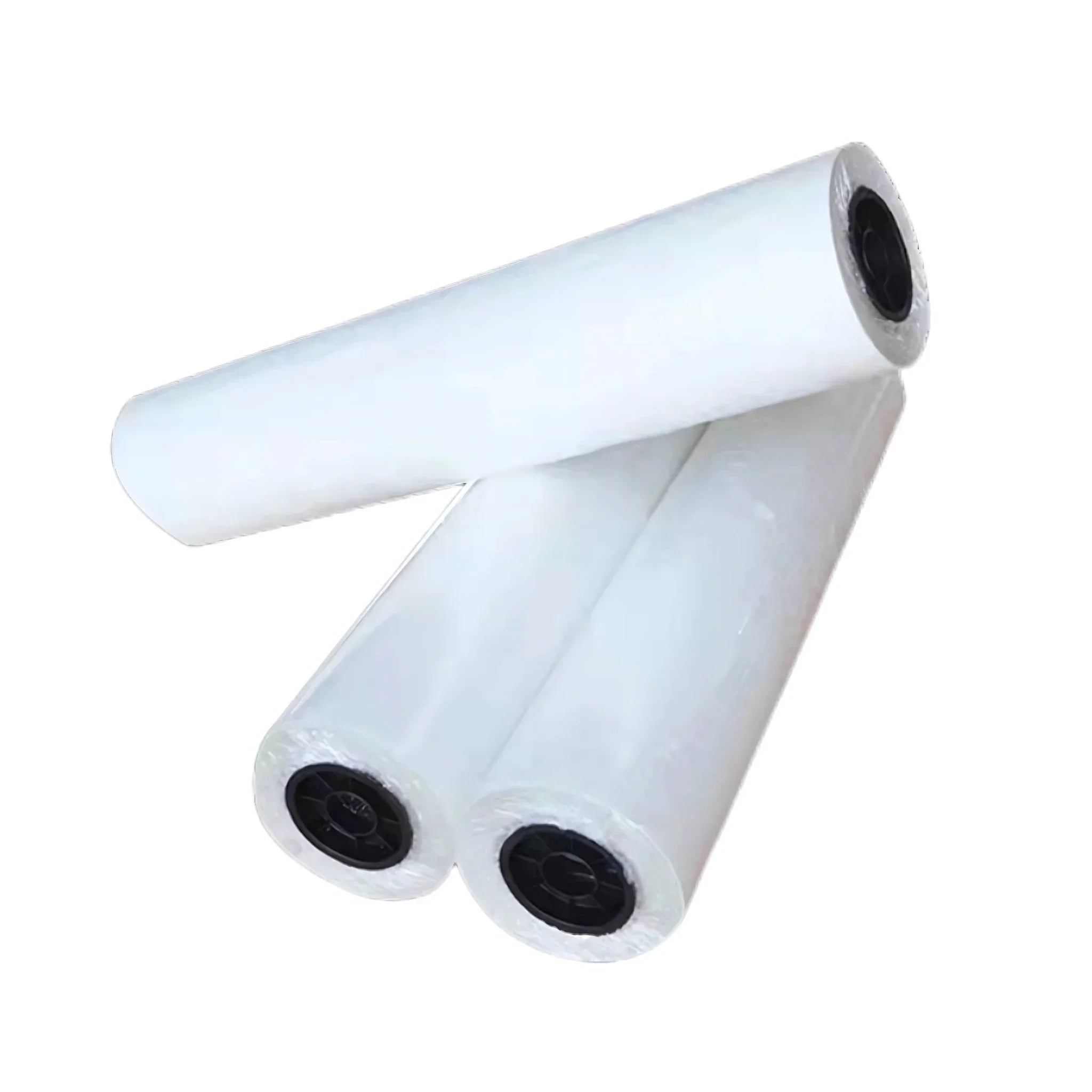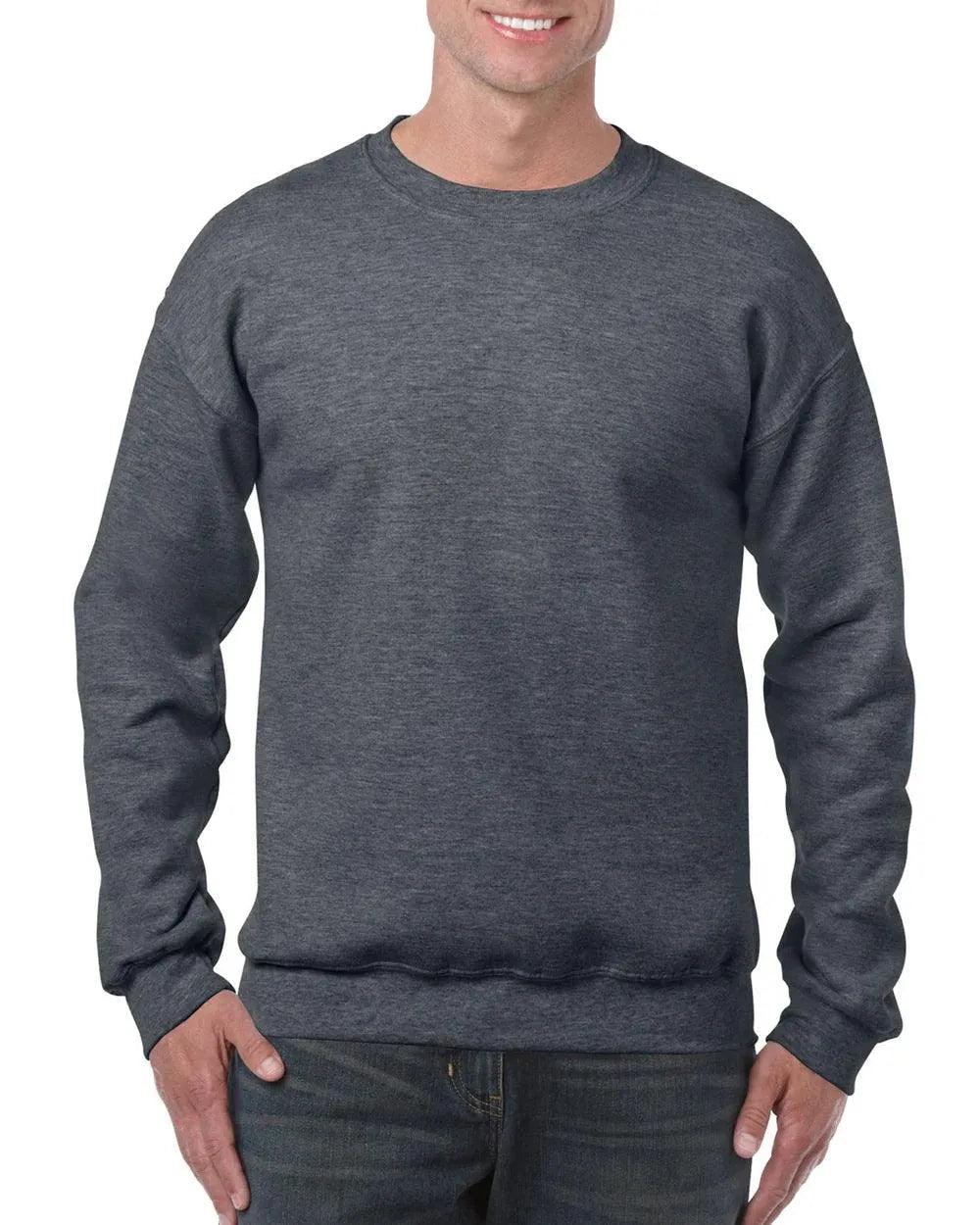
Top 5 DTF Printing Mistakes and How to Avoid Them
Direct-to-Film (DTF) printing has quickly become one of the most popular methods for producing high-quality custom apparel, home goods, and promotional items. It’s fast, cost-effective, and offers vibrant prints on a wide variety of materials. However, like any printing process, there are common mistakes that can impact the quality of your prints and lead to wasted time and materials. In this blog, we’ll explore the Top 5 DTF Printing Mistakes and provide you with tips on how to avoid them, ensuring your printing process runs smoothly and delivers exceptional results every time.
1. Incorrect Printer Setup
Mistake:
One of the most common mistakes when using a DTF printer is improper setup. Whether it's not calibrating the printhead correctly, not choosing the right print settings, or not loading the material properly, these setup errors can lead to poor print quality or even printer malfunctions.
How to Avoid It:
Always follow the manufacturer's instructions for setting up your printer. Ensure that the printhead is calibrated, the material is loaded correctly, and the correct print settings are selected for the type of design you're creating. Regularly check and clean the printer to avoid any buildup of ink or adhesive powder, which can also impact performance.
2. Not Using the Right Transfer Film
Mistake:
Using the wrong type of DTF transfer film can significantly affect the quality of your prints. Not all transfer films are compatible with every printer or ink type. Some films may not adhere properly to the fabric, while others may cause smudging or fading over time.
How to Avoid It:
Make sure to choose a high-quality DTF transfer film that is compatible with your printer and ink. Opt for films that are specifically designed for the type of material you're printing on, whether it’s cotton, polyester, or blends. Test different films if needed to find the one that offers the best adhesion and print quality for your needs.
3. Overloading the Adhesive Powder
Mistake:
Adhesive powder plays a critical role in DTF printing, but using too much powder is a common mistake. Overloading the transfer film with powder can result in uneven printing, powder residue on the fabric, and an overall poor transfer. This can lead to prints that feel stiff, crack easily, or don’t adhere properly.
How to Avoid It:
Be sure to apply the adhesive powder evenly and in the correct amount. Use a powder shaker or automatic powdering system to ensure the powder is distributed evenly across the transfer film. Additionally, make sure the adhesive powder is properly cured to avoid issues during the transfer process.
4. Inadequate Curing of Prints
Mistake:
Another major mistake is inadequate curing of prints. DTF prints require a specific curing process to ensure the ink adheres to the fabric and is durable enough for long-term wear. Without proper curing, the print will not be as vibrant and may fade or crack after washing.
How to Avoid It:
Follow the recommended curing times and temperatures for both the adhesive powder and ink. Ensure your heat press is set to the correct temperature, and apply the proper pressure to ensure the transfer film adheres completely to the fabric. Testing your curing process on sample prints can help you fine-tune the timing and temperature to prevent future issues.
5. Neglecting Regular Maintenance
Mistake:
Many DTF printing mistakes stem from neglecting regular maintenance. Failing to clean the printhead, replace parts that wear out over time, and check for software or firmware updates can result in subpar prints and costly repairs.
How to Avoid It:
Regular maintenance is essential to the longevity and efficiency of your DTF printer. Clean the printhead and other components after each use to prevent ink buildup. Replace worn parts like ink cartridges and nozzles when necessary. Keep an eye on your printer's software for any updates that may improve performance or fix known issues.
Conclusion: How to Improve Your DTF Printing Process
Avoiding these common DTF printing mistakes will help you achieve high-quality prints consistently. Proper setup, using the right materials, and maintaining your printer are all essential to getting the best results. By following the tips mentioned above, you’ll reduce errors, improve print quality, and maximize the lifespan of your equipment.
Remember, DTF printing is a skill that improves with practice. The more you experiment with different materials, inks, and techniques, the better your results will become. By paying attention to detail and regularly maintaining your printer, you'll be able to offer stunning prints that will delight your customers every time.
At DTF Print Depot, we offer a wide range of high-quality DTF print supplies and equipment to help you avoid mistakes and improve your print results. Explore our products today and take your printing to the next level!
Check Out Our Other Products
More information
